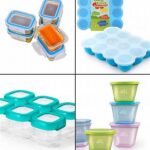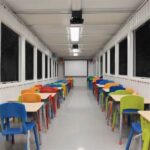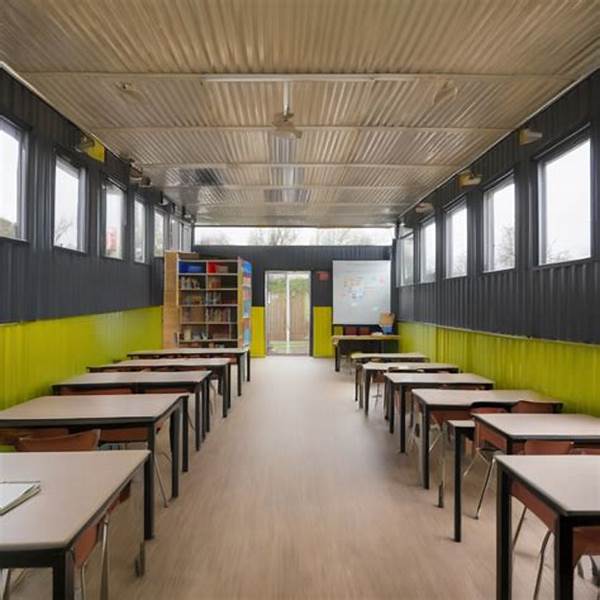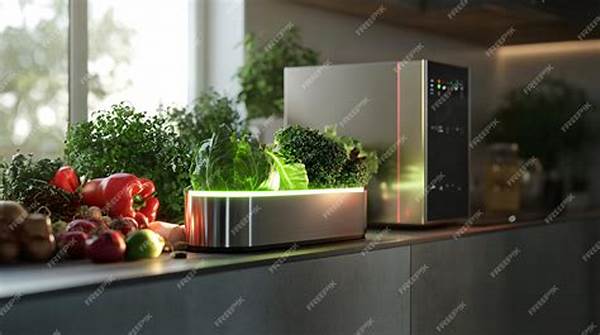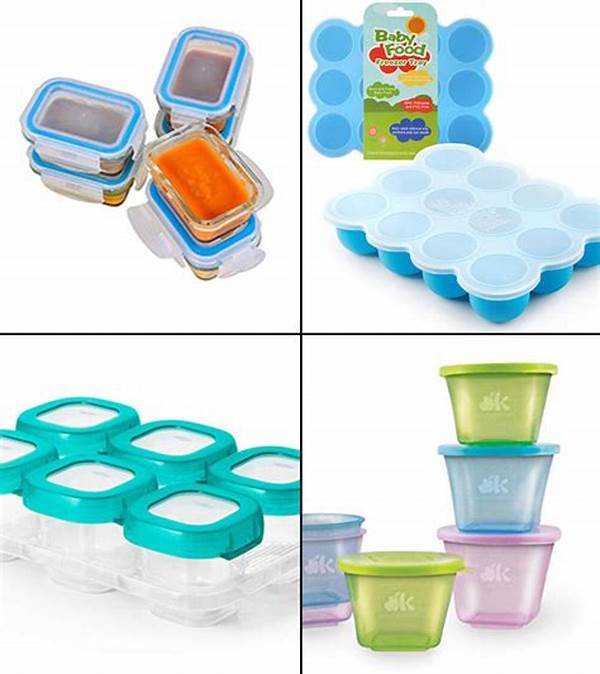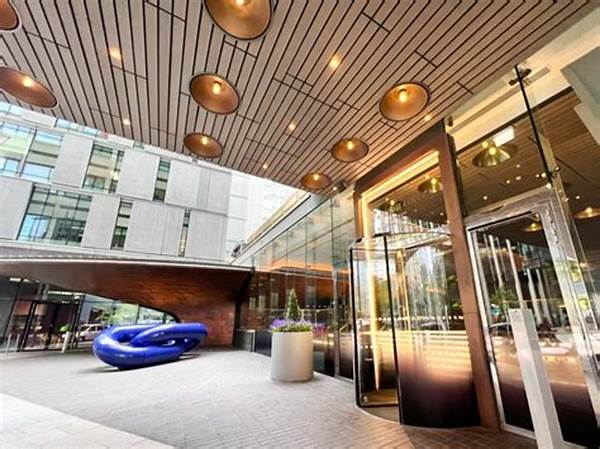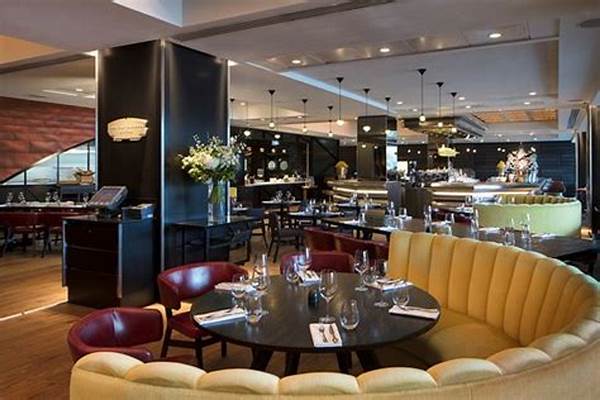Imagine a classroom that breaks the traditional mold—a space that inspires creativity, innovation, and resourcefulness. Picture this: a sea container transformed into an inviting educational hub, fostering student engagement in a way that stale brick-and-mortar classrooms sometimes fail to do. In recent years, educators have become increasingly intrigued by the unconventional use of sea containers as classrooms, an idea that creatively addresses issues such as limited school budgets, environmental sustainability, and the need for dynamic learning environments.
Read More : Mobile Waste Bins With Foot Pedal And Lid
As the president of Green Education Spaces once said, “Why not turn the ordinary into the extraordinary?” Sea containers designed as creative classrooms for schools are at the forefront of this movement, offering unique, vibrant, and functional spaces that encourage both students and teachers to think outside the box—literally.
Why Use Sea Containers as Classrooms?
Sea containers have emerged as an innovative solution in the educational sector, particularly appealing due to their cost-effectiveness and versatility. Traditional school infrastructure can be prohibitively expensive, with the construction of new classroom buildings consuming large chunks of school budgets. Transforming sea containers into classrooms can cut these costs dramatically while still providing a safe and functional learning space.
The Benefits of Sea Containers for Schools
1. Affordability:
Sea containers can be significantly more affordable than traditional classrooms, reducing the financial burden on schools. This allows for the reallocation of resources to other important educational needs.
2. Sustainability:
Repurposing sea containers that are no longer in service is an eco-friendly initiative. By recycling these containers, schools contribute to reducing waste and promoting sustainability—a critical teaching point in today’s world.
3. Flexibility:
These mobile units can be relocated as needed, making them ideal for rapidly growing schools or for providing temporary solutions during renovations or emergencies.
The Process of Transforming Sea Containers
Transforming sea containers into functional classrooms involves several key steps. Initially, the containers are cleaned and prepared for safe human occupancy. Insulation is added to ensure appropriate temperature control, followed by the installation of windows, doors, and ventilation systems. The final step is customizing the interior to meet educational needs—this might include arranging desks, installing smart boards, and optimizing lighting for an engaging learning atmosphere.
Read More : Bulk Waste Management Solutions
Educational Impact of Sea Container Classrooms
Creativity and Innovation in Learning
Sea containers as classrooms design a unique learning atmosphere that encourages creativity. The non-traditional setting breaks the monotony and can positively impact students’ learning experiences. The novelty of such classes can rekindle excitement for subjects and foster a more open-minded approach to problem-solving.
Sea Containers in Practice: Success Stories
A perfect example of this innovative approach is in New Zealand, where some schools have embraced container classrooms to address overcrowding. The results have been overwhelmingly positive. Teachers report that students are more engaged and enthusiastic about lessons—and who wouldn’t be, with such a unique learning environment?
Testimonies and Real-Life Applications
School administrator, Mrs. Laura Simmons, said, “The transition to container classrooms brought about skepticism initially, but the results have been marvelous. Our students love the unique space and tend to take more pride in their schoolwork.”
Challenges and Considerations
Despite their many advantages, sea containers as classrooms do have some challenges—chief among them is ensuring proper ventilation and temperature regulation, as metal containers can become quite hot or cold depending on the climate.
Conclusion: Future of Schooling
Sea containers designed as creative classrooms for schools demonstrate a powerful move towards innovative and economically viable educational solutions. As schools continue to face budgetary pressures and climate change impacts, these eco-friendly, adaptable spaces could become the classroom of the future, offering so much more than just a place to learn. They symbolize an exciting, evolving approach to education—one that nurtures the innovators, thinkers, and leaders of tomorrow.
In conclusion, sea containers designed as creative classrooms for schools represent a harmonizing blend of functionality, innovation, and sustainability. By challenging the traditional notions of what a classroom should be, these transformative spaces not only offer practical solutions but also herald a new era where creativity in education reigns supreme. From affordability to eco-friendliness, the advantages of these unique spaces speak volumes, paving the way for a fresh outlook on learning environments that inspire both teachers and students alike.

